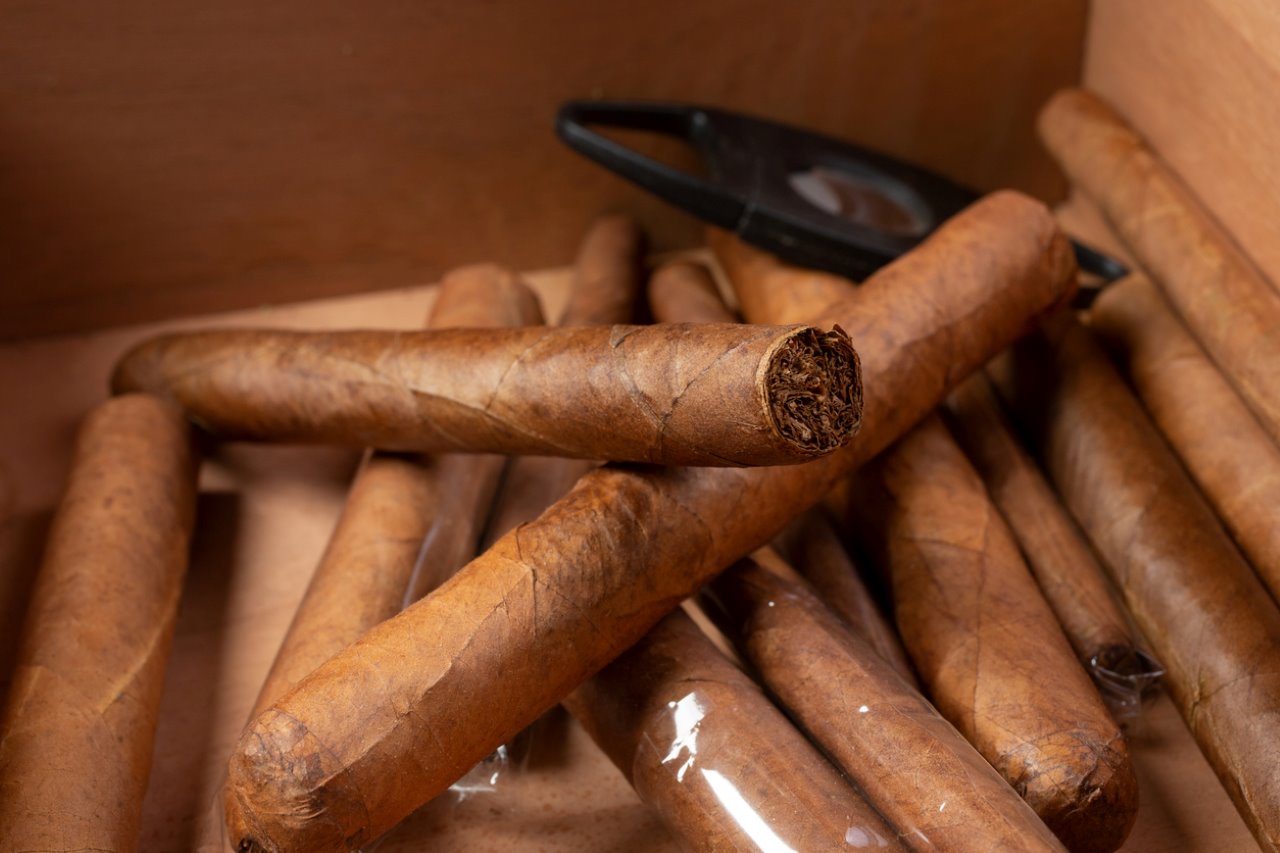What Does a Cigar Taste Like? Understanding Flavor Profiles
If you're new to the world of cigars, you might find yourself pondering a deceptively simple question: what does a cigar taste like? Unlike other indulgences, the answer isn't straightforward; the taste of a cigar can be as complex and varied as the regions from which they hail and the hands that crafted them, so it’s all about what cigar you actually choose.
So, what can you expect from a cigar when it comes to taste and flavor? In this guide, we’re going to take a closer look at the flavor profiles of cigars - so whether you're looking to refine your palate, explore new tastes, or simply understand what to expect from your next smoke, you're in the right place. Let’s dive in.
The Basics of Cigar Flavor
Breaking Down the Components
To begin with, cigar flavors are firstly influenced by the tobacco leaves used in their construction, which include the filler, binder, and wrapper, with each component playing a crucial role in the overall taste. The filler, made up of tobacco leaves from various regions, provides the bulk of the flavor, while the binder - aka a leaf that holds the filler together - adds to the structural integrity and can influence the burn and flavor. The wrapper, the outermost leaf, is essential for adding subtle nuances and a significant portion of the cigar's taste profile.
Understanding Cigar Anatomy
To fully appreciate what a cigar tastes like, it's also important to first understand its anatomy; the head of the cigar is the part you'll cut and smoke from, while the foot is the end you'll light. The body of the cigar, where the tobacco blend is housed, is where the magic happens, combining the flavors of the filler, binder, and wrapper in each puff.
The Variety of Cigar Flavors
Common Flavor Notes
When you smoke a cigar, you might detect a range of flavors, from earthy, woody, and leathery to sweet, spicy, and nutty. These flavors can change throughout the smoking experience, offering a complex and evolving taste profile that keeps the aficionado engaged from start to finish.
Regional Influences
It’s also worth noting that the flavor of a cigar can be deeply influenced by the region where its tobacco is grown; soil composition, climate, and traditional growing practices contribute to the unique characteristics of tobacco from regions like Cuba, Nicaragua, and the Dominican Republic. For instance, Cuban cigars are renowned for their robust, full-bodied flavor, while Nicaraguan tobaccos are known for their spicy and sweet notes.
The Tasting Experience

Developing Your Palate
If you're wondering how to start identifying the wide array of flavors in cigars, the key is to develop your palate; this involves smoking a variety of cigars and paying attention to the flavors and sensations you experience. Over time, you'll start to distinguish between different tastes and understand what makes each cigar unique.
Identifying Flavor Nuances
As you become more familiar with cigars, you'll learn to identify flavor nuances that can vary even within the same brand or line. But don’t forget that factors such as the cigar's age, the conditions in which it was stored, and even the time of day you smoke can influence its taste. Even how you store your cigars can impact their flavor, which is why we’d always recommend investing in a humidor for your cigars.
The Role of Aromas
Aromas also play a significant role in the tasting experience, as much of what we perceive as flavor comes from our sense of smell; the bouquet of a cigar can enhance its taste, adding layers of complexity that make smoking a deeply aromatic experience.
Cigar Strength vs. Flavor
Finally, it's important to differentiate between the strength and flavor of a cigar; strength refers to the nicotine content and its impact on the smoker, ranging from mild to full-bodied. Flavor, on the other hand, is about the taste and aroma profiles; a cigar can be full-flavored yet mild in strength, or vice versa.
The Influence of Pairing
For an authentic and enhanced smoking experience, combining cigars with the perfect liquor can elevate the smoking experience, and even highlight complementary flavors. Whether it's a robust Scotch or a smooth bourbon, finding the right match can enhance both the cigar and the drink. For more information on the best combos to try, make sure to take a look at our guide to the perfect liquor pairing for cigars.
Developing a Flavor Vocabulary
Ultimately, understanding what a cigar tastes like is a journey for you to discover on your own; by exploring the components, flavors, and aromas of cigars, you can deepen your appreciation and enjoyment of this age-old tradition. Remember, the key to unlocking the rich tapestry of cigar flavors lies in experimentation and a willingness to explore. And don't forget, the right humidor for your cigars is essential for preserving their quality and flavor.
Recent Posts
-
How to Rehydrate a Cigar
If you find yourself with a cigar that's lost its supple charm and turned a bit too crisp, you’re no …23rd Apr 2024 -
What Cigar Does Michael Jordan Smoke?
For those who admire both the game of basketball and the art of cigar smoking, Michael Jordan stands …23rd Apr 2024 -
Why Are Cuban Cigars Good?
If you’d consider yourself something of a cigar aficionado, you might have heard whispers of the leg …23rd Apr 2024




